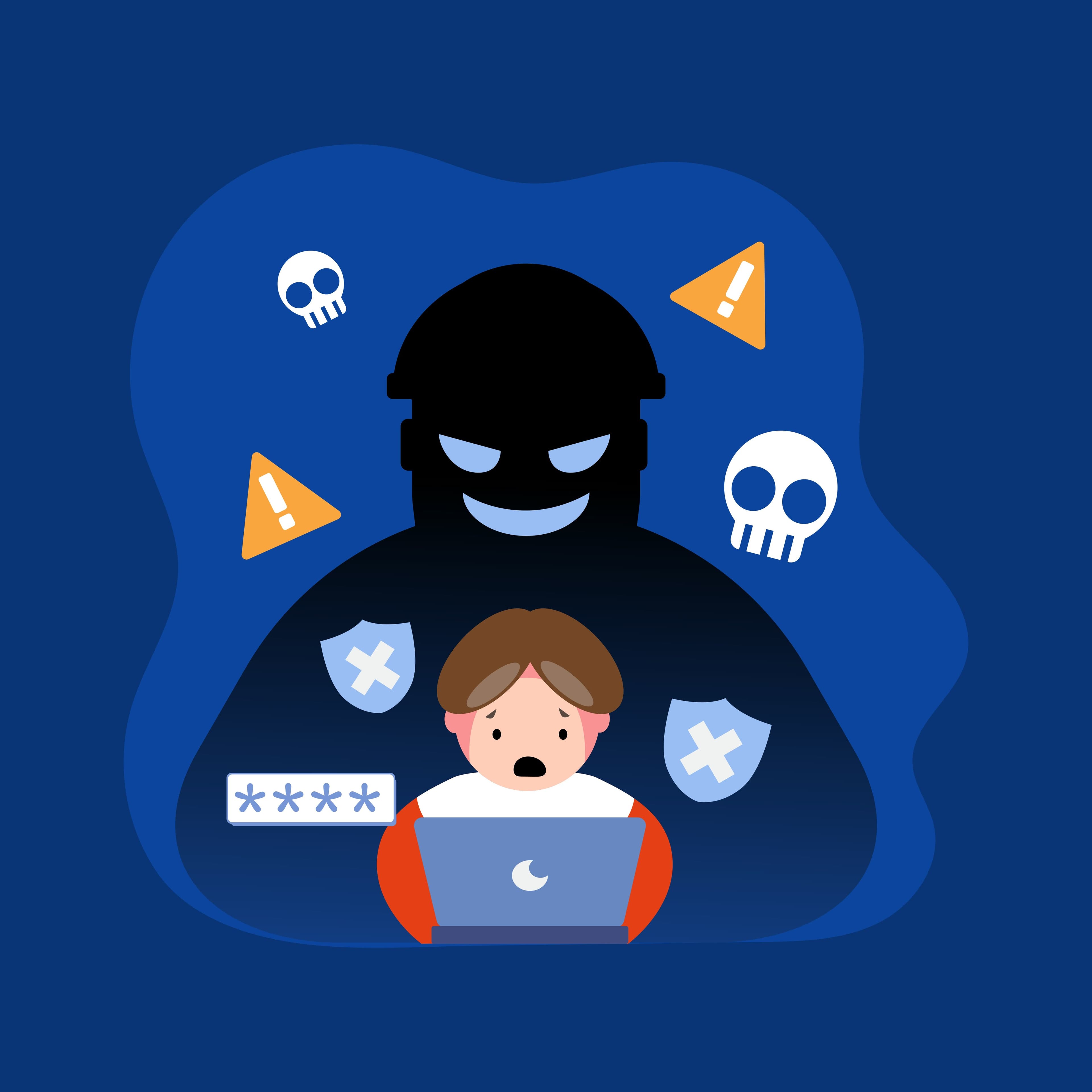- Published on
Phishing 101: Spotting Suspicious Emails and Staying Safe Online
- Authors

- Name
- Lucca Siaudzionis
- @luccasiau

Introduction
Phishing remains one of the most common and damaging forms of online fraud, tricking individuals into revealing sensitive information or downloading harmful software. By learning how phishing emails operate and how to spot their warning signs, you can protect yourself and your loved ones, especially seniors, from falling prey to these online scams.
What Is Phishing?
Phishing is a type of scam where attackers impersonate legitimate organizations or individuals to trick recipients into sharing personal details—like passwords, credit card numbers, or social security information—or clicking on malicious links.
- Primary Goal: Obtain sensitive data or install malware on the victim’s device.
- Common Targets: Individuals and businesses of all sizes, with a rising emphasis on seniors, who may be less familiar with advanced digital threats.
Recognizing Phishing Emails
While phishing emails vary in sophistication, they often share certain red flags. Learning to spot these clues can significantly reduce your risk:
Suspicious Sender Addresses
Attackers might alter a domain name slightly (e.g.,@bank-secure.cominstead of@bank.com) to appear authentic.Urgent Subject Lines
Phrases like “Account Suspended,” “Immediate Action Required,” or “Payment Overdue” push you to respond hastily.Requests for Sensitive Data
Reputable companies rarely ask for passwords or payment information via email.Poor Grammar or Formatting
While some phishing emails are sophisticated, many still feature spelling and formatting errors.Strange Links or Attachments
If the link’s URL doesn’t match the text, or the attachment is unexpected, avoid clicking.

Common Types of Phishing
Mass Phishing
- Generic emails sent to a large group.
- Often includes vague statements about account issues or billing errors.
Spear Phishing
- Customized messages targeting specific individuals.
- May use personal details found online (like your name or workplace) to appear authentic.
Whaling
- A specialized form of spear phishing directed at high-level executives or people with significant financial access.
- Often involves urgent financial requests or instructions from a “CEO.”
Clone Phishing
- An attacker copies a legitimate email previously sent to you and replaces links or attachments with malicious versions.
- Targets people who are used to seeing similar messages.
Staying Safe: Best Practices
Keep Software Updated
- Regularly update your operating system, email client, and antivirus software to patch known vulnerabilities.
Use Strong, Unique Passwords
- Avoid reusing the same password across multiple sites.
- Consider using a password manager to store credentials securely.
Enable Two-Factor Authentication (2FA)
- Adds an additional layer of security by requiring a code sent to your phone or email.
Educate Loved Ones
- Share real examples of phishing attempts with older family members who might not be familiar with these scams.
- Encourage them to call you if they’re ever unsure about an email.
Adopt Secure Email Services
- Tools like Agatha Mail offer advanced threat detection, real-time alerts, and AI-driven analysis to filter out suspicious messages before they reach your inbox.
Get Agatha Mail
Experience Agatha Mail firsthand. Register now to get early access.